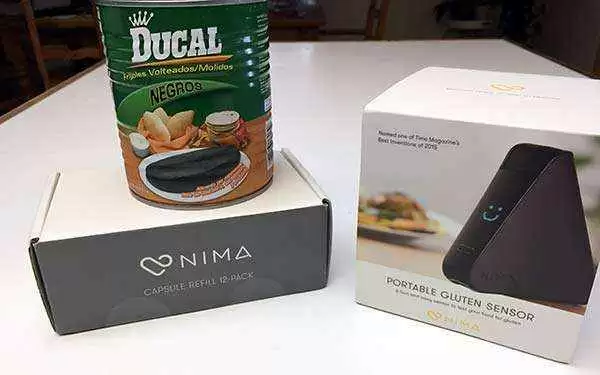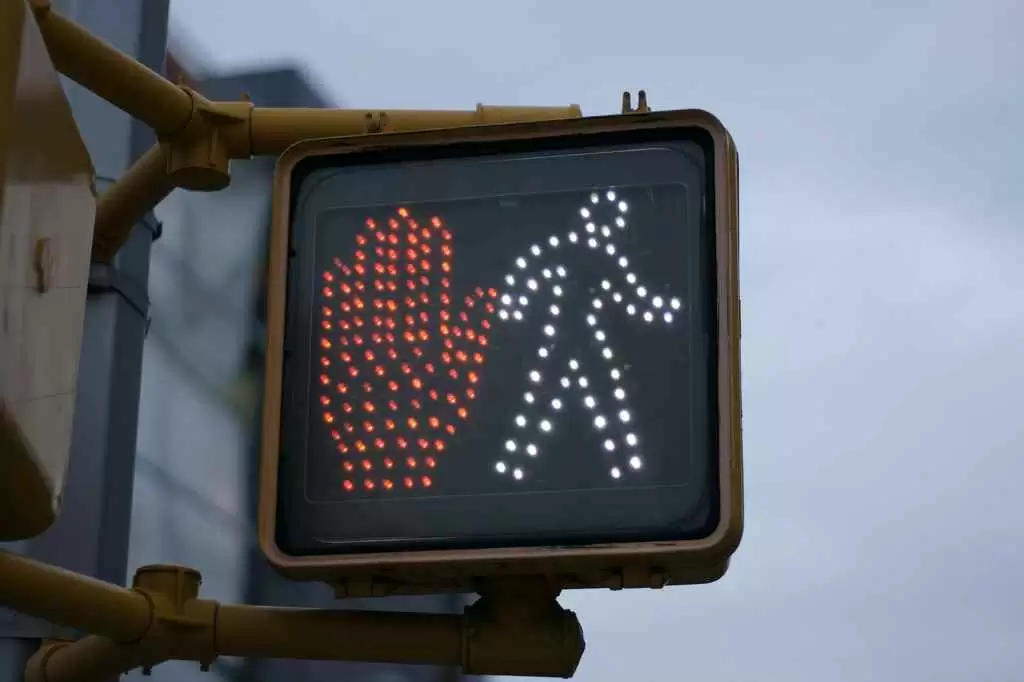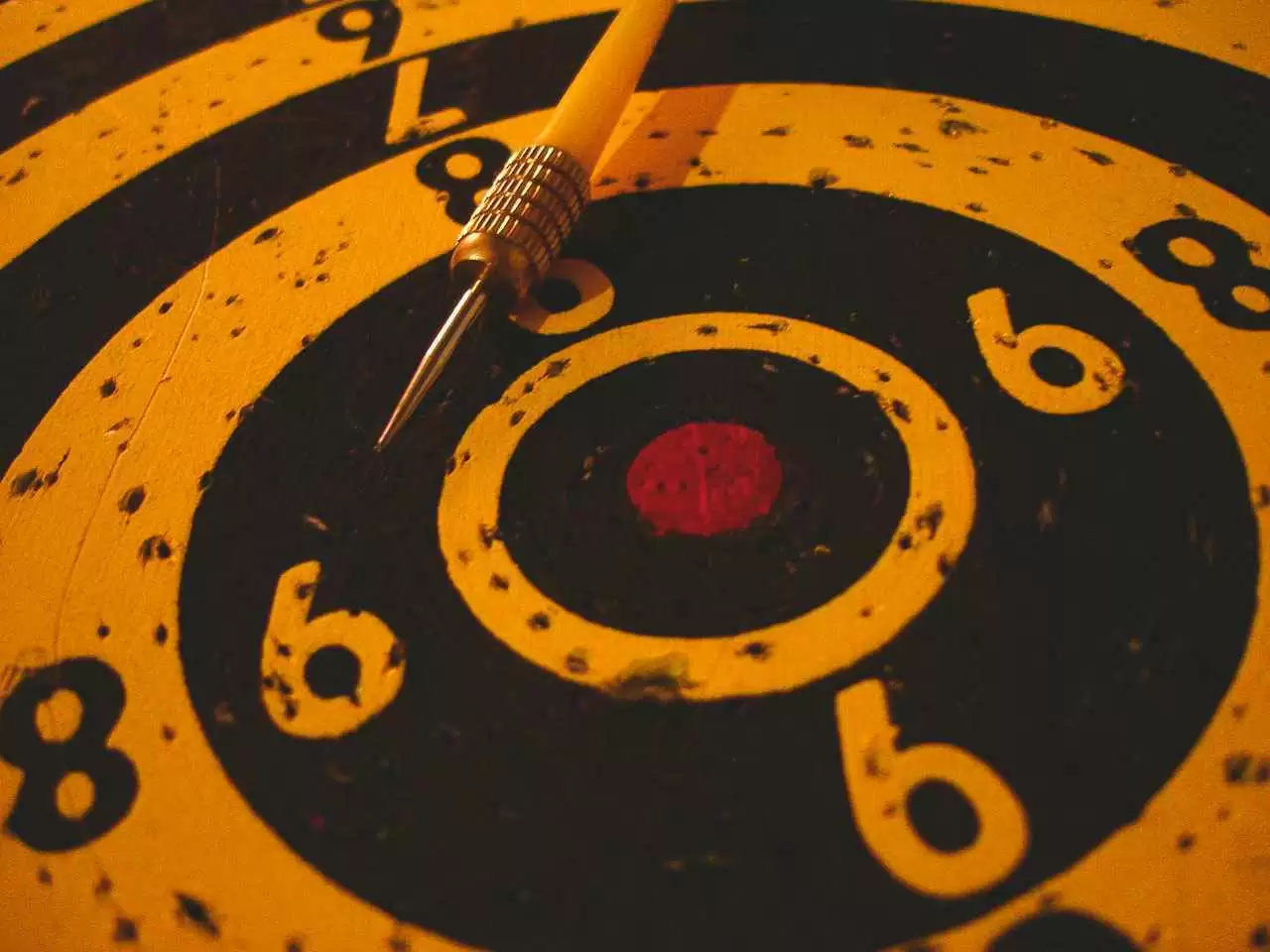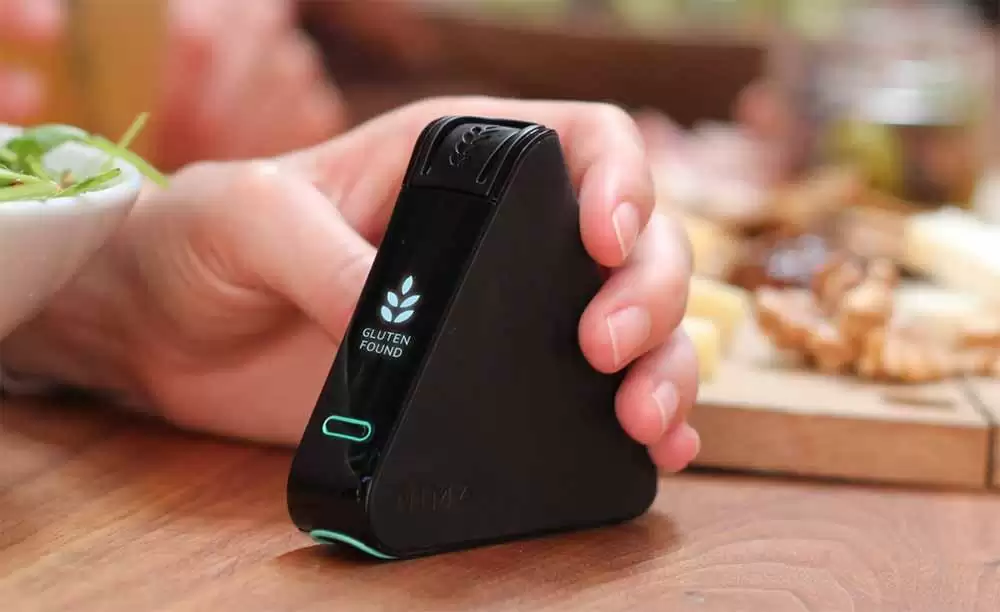
Celiac.com 09/08/2022 - Imagine getting ready to prepare a meal, and wanting to be sure that certain foods and ingredients are gluten-free. But, instead of pulling out the standard gluten testing kit, you use the new test developed by researchers in Spain.
To get the results, instead of sending your sample into a lab, and waiting up to five hours, just three droplets from a sample deposited on a plastic membrane, and a simple picture with your cell phone are enough to confirm the results.
Celiac.com Sponsor (A12):
Apps currently available on the market to break the color down into three primary colors: red, green and blue. A red sample means gluten. The redder the sample, the higher the concentration of gluten in the sample. If it sounds a bit like science fiction, it shouldn't.
A team of researchers recently developed a process for testing gluten in food that relies on mobile phones to make the final gluten analysis.
The research team included Luis A. Tortajada Genaro, who worked with fellow researchers from the IDM Institute of the Universitat Politècnica de València, María Isabel Lucío and Ángel Maquieira, to develop this system.
Currently, celiacs who want to test food for gluten need to send a sample to the lab, where it can be processed by specialized staff. This can take up to five hours to deliver a result. Tortajada says their new system can tell if a food has gluten in it much more quickly.
Red Color Confirms Gluten in Food
The sample does still need to go to the lab for preparation.
"The [new] process is very simple: we take a food sample, we grind it up, extract the DNA and amplify it. Once the sample has been prepared, we mix it in a vial with gold nanoparticles, and in just 10 minutes, it's ready to measure and that's where the cell phone comes into play," says Tortajada. A change of color to red confirms the presence of gluten in the food.
"Based on the apps available on the market, we can break the color down into three primary colors: red, green and blue—the RGB breakdown. The redder it is, the more gluten concentration there is in that food. Thus, in a fast and simple way, we can detect whether or not there is gluten in the food, and even its concentration level," Tortajada pointed out.
Though the technology can be used to help people with celiac disease spot gluten in food, the main use for the new test will be to increase safety and prevent fraud in the food industry by detecting gluten in food products, and potential adulterations of meat products.
Tortajada adds that their test is "designed to help control foods from the moment they are produced, in such a way that when they reach the table, they are one hundred percent safe for the consumer, which in this case, is people who suffer from celiac disease. Its main advantage is how easy it is to use and its response times."
Certainly a test that gives manufacturers a way to quickly and easily test foods and ingredients for gluten is a major step forward in ensuring that foods labeled gluten-free are indeed safe for consumers, especially those with celiac disease and gluten sensitivity.
Stay tuned for more on this and related stories.
Read more at Eureka News Alert









Recommended Comments
There are no comments to display.
Create an account or sign in to comment
You need to be a member in order to leave a comment
Create an account
Sign up for a new account in our community. It's easy!
Register a new accountSign in
Already have an account? Sign in here.
Sign In Now